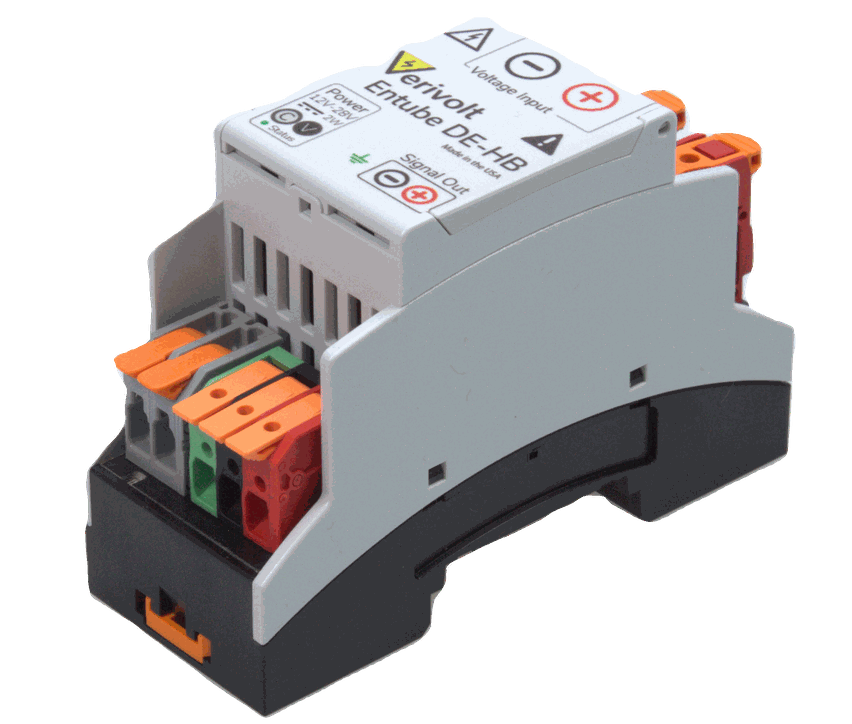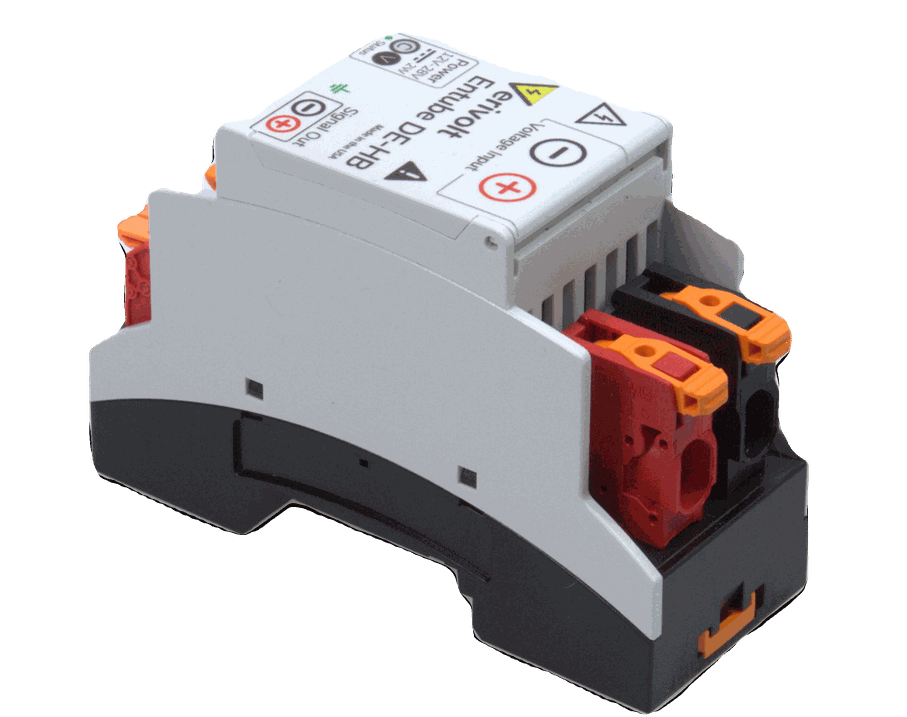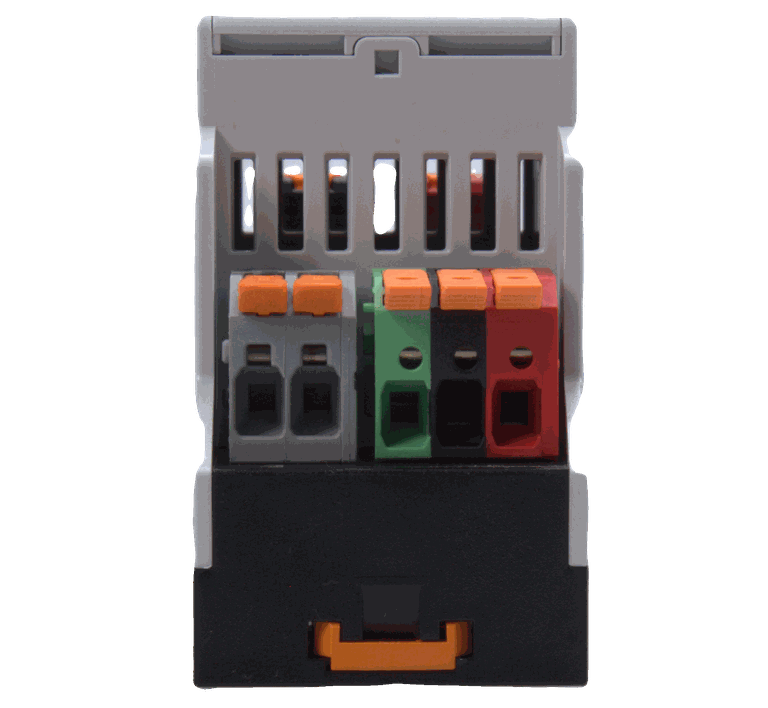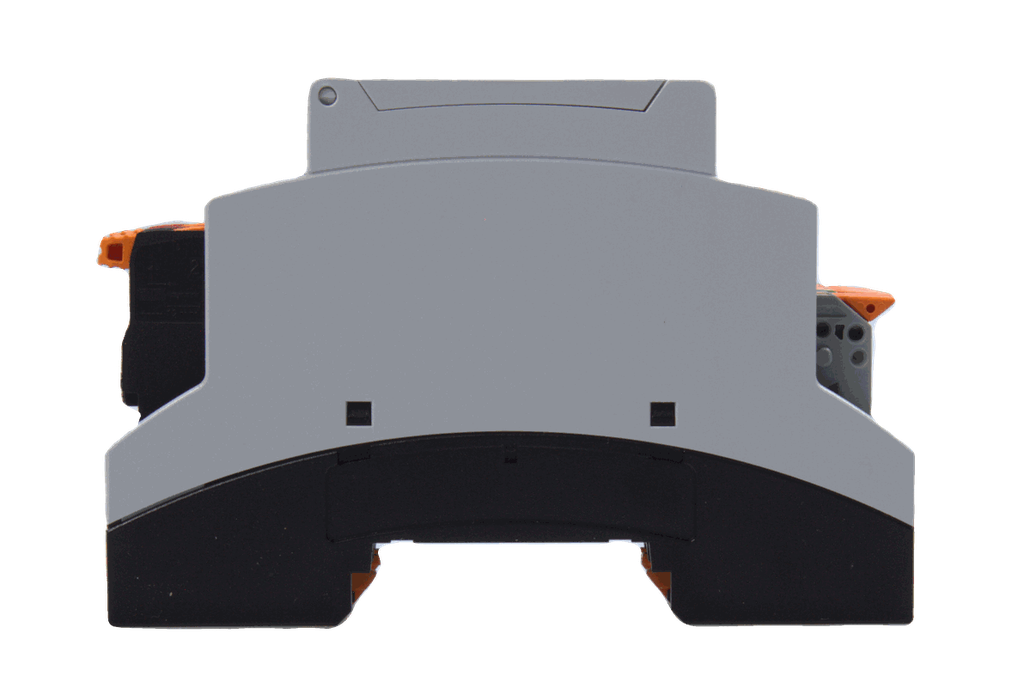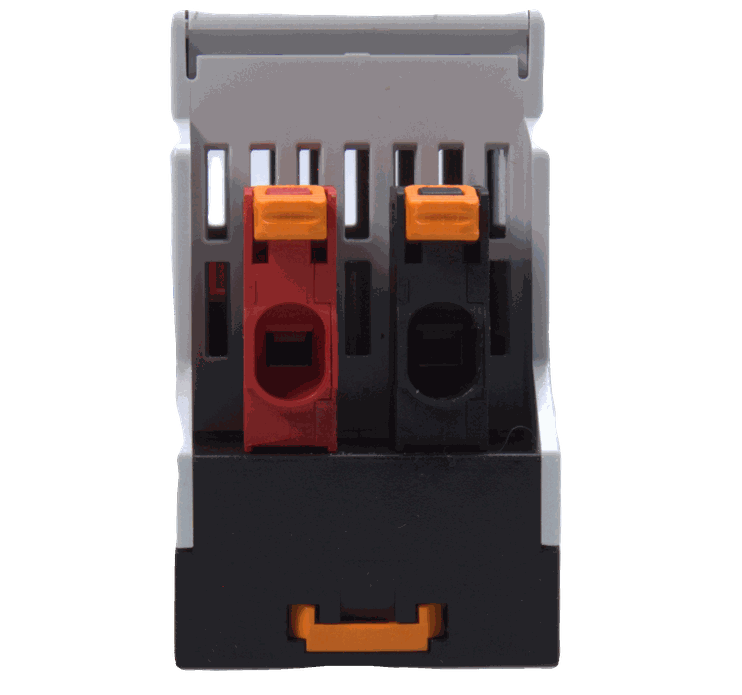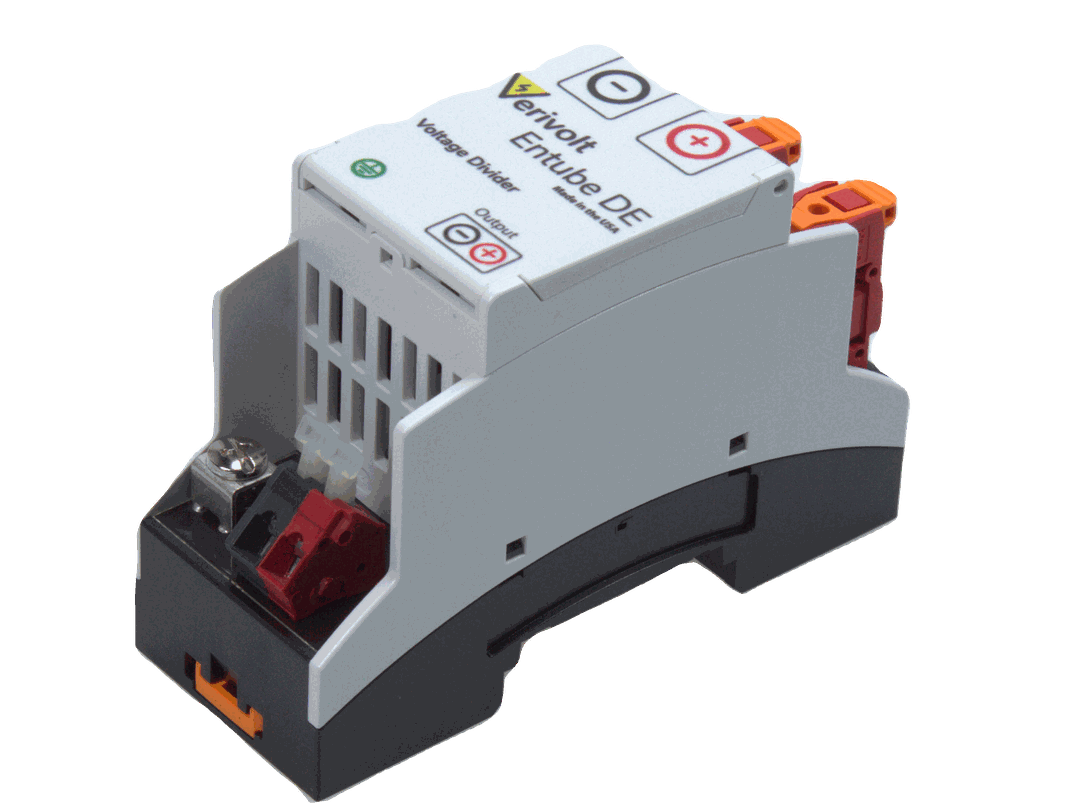Entube DE-HB
Features±1v To ±10v Output Dynamic Range (Differential Plus Common Mode)
4 channel module
DC to 20MHz Bandwidth
Designed For Interfacing With Differential Input DAQs
Industrial Grade Casing, 100% Electronic Technology
Up To ±2000v Input Dynamic Range On Each Terminal (Line-To-Line And Line-To-Ground)
Product Details

The Entube-DE-HB series was designed to enable measurement of fast high voltage signals in industrial and research environments. The output of the Entube-DE-HB is a linearly scaled down version of the voltage difference between its two input terminals. This output can then be processed by a computer-based measurement system. The Entube-DE-HB series covers multiple input dynamic ranges with a 20MHz bandwidth, and 0.2% accuracy.

In addition to multiple dynamic ranges, the Entube-DE-HB can be ordered to have a single-ended (-S) or a differential-pair (-D) output. The single-ended version has a BNC connector at the output and can be selected to be ±5V or ±1V. The differential-pair version has a clamp-cage connector at the output and can be selected to be ±10V or ±1V. In both cases, the higher range is intended to be used with a high input impedance digitizer with a standard ±5 or ±10V dynamic range. The ±1V output range is intended to drive a 50 Ohm load (Single-Ended version) or a 100 Ohm load (Differential version) in applications where signal reflections must be avoided.
Frequently Asked Questions
